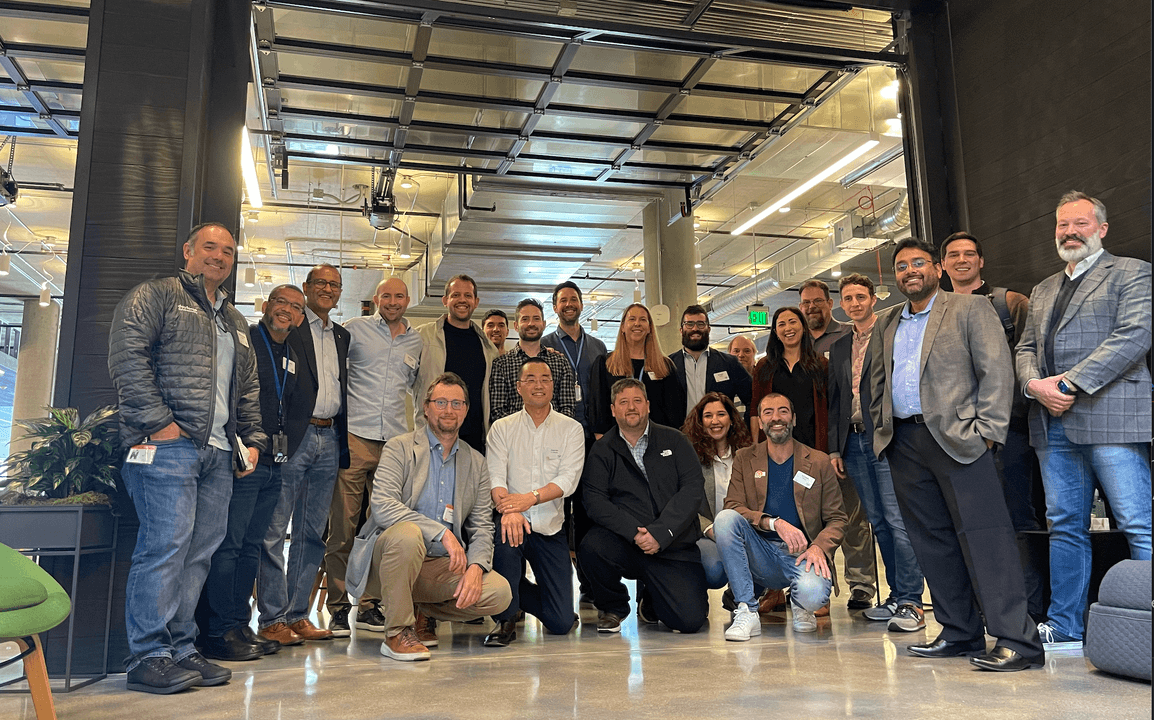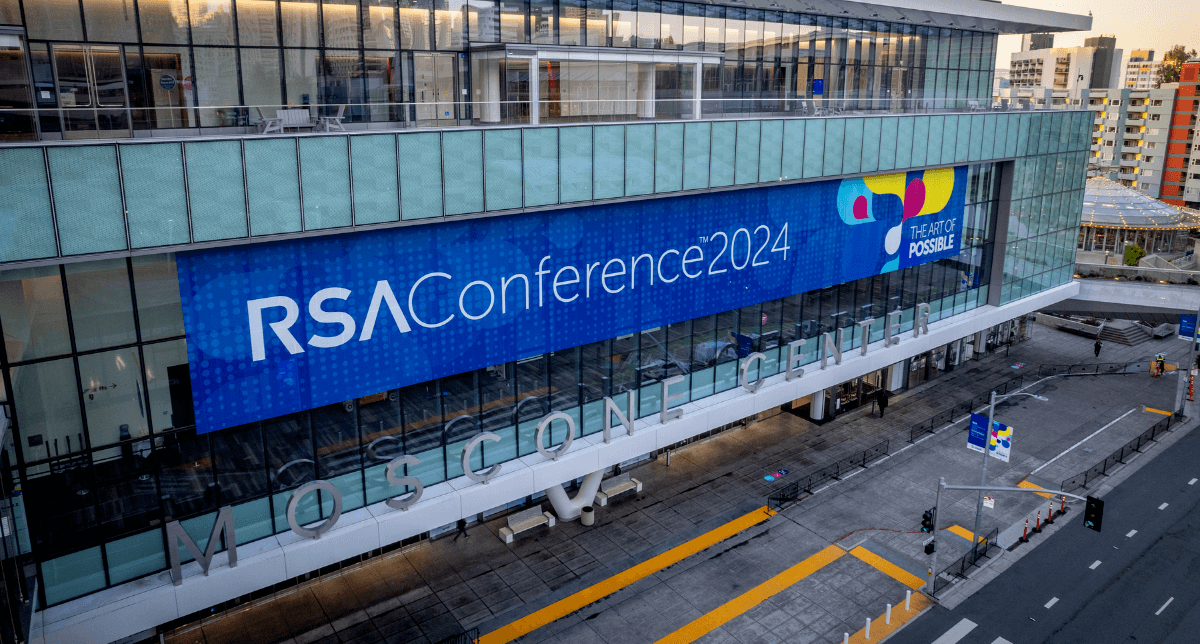Born to Ride: A Startup With a Vision for Motorcycle Safety
Take a behind the scene look at YL Ventures' $2.5M investment in Ride Vision, an automotive startup that’s making affordable, practical, and effective advanced driver assistance systems (ADAS) for two-wheeled vehicles.
Open ModalMotorcycles are one of the most common, efficient, and affordable forms of transportation in the world. About 200 million motorcycles are in use worldwide (including mopeds, scooters, and the like). In some countries, such as India, China, Indonesia, and Thailand, motorcycles far outnumber cars. Just try crossing the street in Mumbai, and you’ll experience this viscerally.
The thing about motorcycles is they’re fun to ride! I know because I used to ride one myself.
Unfortunately, motorcycles are also dangerous. That’s why I stopped riding years ago, and why many other riders give it up. Motorcycle accidents happen too often. If motorcycle safety could improve, thousands of lives could be saved.
This is just one of the reasons I’m so excited that YL Ventures is backing Ride Vision, a promising new Israeli automotive startup that’s working on making affordable, practical, and effective advanced driver assistance systems (ADAS) for two-wheeled vehicles.
Ride Vision’s Collision Aversion Technology (CAT) software uses inexpensive, off-the-shelf cameras to scan almost 360 degrees around the bike, and then uses advanced artificial intelligence capabilities to interpret that imagery and determine when possible collisions are imminent. Ride Vision’s CAT system will be able to warn riders within milliseconds to help them avoid crashes.
Because safety is such an important consideration for riders — and their families — Ride Vision’s technology could ultimately put people like me back in the saddle of a bike, safely, making an efficient and economical mode of transportation accessible to many more people.
A Dynamic Duo
When YL Ventures’ intelligence team discovered Uri Lavi and Lior Cohen working on a new approach to solving this problem, we were immediately intrigued. It was instantly clear that these two founders were exceptionally well-suited to the challenge and opportunity.
Uri’s background gave him strong technical skills coupled with an unmatched business management ability. Previously, he was the CEO at PicScout, which he led through multiple pivotal changes, helping it eventually become the market leader in visual content tracking and analysis.
Lior has more than 16 years of top-notch technological experience, as a developer and a manager. Before founding Ride Vision, he served as the VP of R&D at PicScout for 4 years. Prior to that, Lior was a Mobile Development Manager at AT&T and a Development Manager at TSG.
Besides, they are both avid motorcycle riders and are involved in the motorcycle community in Israel. So they know the safety and user interface issues first hand.
In late August 2017, YL Ventures’ Principal Iren Reznikov reached out to the duo, who were just getting things started in a small office above a shawarma restaurant in Herzliya, Israel. They were so early in the process that they just weren’t ready to talk to investors yet, and they told us to go away and talk to them later!
A Fascinating World of Deep Engineering
Iren stayed in touch and monitored the company throughout the rest of 2017. Finally, in January 2018, they were ready to talk.
Uri and Lior had made significant progress on developing their computer vision software for motorcycles. We immediately started doing our due diligence process on the startup.
On January 31, I visited Ride Vision, along with Idan Ninyo, YL Ventures’ engineer in residence, to do a technical due diligence. It was a surreal experience, to say the least. It took us 10 minutes just to find the front door of the building. Once inside, we eventually found the very humble Ride Vision office. The team blew us away with their abilities and their vision, and they convinced us that Ride Vision has the technological superiority to solve ADAS and other automotive-related problems that nobody has been able to solve yet.
The two-hour session took us into a fascinating world of deep engineering that I’ve never quite experienced before. It’s rare for a seed-stage company to have already secured a full-fledged team of engineering talent, especially in AI. In this case, we were blown away by the level of talent they had assembled.
This meeting also showed something incredibly valuable about the founders. Uri and Lior hadn’t just spent the previous months simply making plans. Instead, they were getting right down to work and progressing rapidly. This not only proved their technical acumen, but also showed us that the founders were acting with a sense of urgency, focus, and speed. These are traits that we love to see in entrepreneurs.
A Massive Market Need
Over the past few years, there’s been an explosion of new automotive technologies that are making driving safer: backup cameras, blind spot detection, cross-traffic warning systems for backing out of driveways, 360-degree panoramic cameras, and even night vision. One of the leaders in this category, Israeli company Mobileye, was one of the most successful IPOs and then was acquired by Intel for $15.3 billion last year.
Until now, ADAS technologies have been limited to four-wheeled vehicles for a variety of technical reasons. Since motorcycles handle differently than four-wheeled vehicles, the hardware needs to be simple, while software has to be complex to deal with motorcycles’ behaviors from vibrations to unique situations on the road.
As we explored the market opportunity, we realized just how huge it could be. According to data from Statista, 132.4 million motorcycle units will be sold worldwide in 2018. A Fact.MR 2017 research report shows that the global motorcycle market will reach $150 billion in 2022.
At the same time, safety is a huge concern. According to A National Highway Traffic Safety Administration (NHTSA) report, motorcycles accounted for 18% of all traffic fatalities in 2016. Additionally it found motorcyclists that crash are almost 28 times more likely to die than occupants of passenger cars involved in a crash.
Clearly, if a viable ADAS solution for motorcycles were available, there would be a strong market for it. When we spoke with original equipment manufacturers and tier 1 parts suppliers in our network, they confirmed the market opportunity was huge.
Finally, we recognized that safety needs and autonomous vehicles will drive strong demand for technology such as Ride Vision’s. In the future this company is likely to develop additional products with applications beyond motorcycles and ADAS, expanding the universe of opportunity even more for Ride Vision!
Moving Quickly
I’ve always believed that when it comes to conversations with investors, the best thing after a yes is a quick no, so we always strive to deliver this in our conversations with entrepreneurs. That’s why, when we see a founding team with as much promise as Uri and Lior, we do our diligence quickly. After our January meetings, we went into high gear.
The next step was to tap our extensive network of U.S.-based OEMs (automotive manufacturers) and tier 1 suppliers so we could connect Uri and Lior with potential customers. During early February, the YL Ventures team lined up a series of video calls between Uri and Lior and BMW, Honda, Suzuki, Bosch, as well as others. We also arranged an introductory call between them and Farmers Insurance to explore the implications that this technology could have on the motorcycle insurance market. This process went phenomenally well. This discovery process confirmed a critical gap in the market, for which there wasn’t a solution, and that potential customers were eager to purchase.
One of the potential customers Uri spoke with even had an internal mandate to find an ADAS solution for motorcycles, but hadn’t yet found a solution or a supplier.
In short, this was a tremendous validation of Uri and Lior’s original vision, providing them with an invaluable foothold into the global market. They also demonstrated how skillful they could be in seizing a high-stakes prospective customer meeting.
By mid-February we presented a term sheet to the team, and the deal closed in March. While the funding was being finalized, YL Ventures wasted no time in several strategic areas, including helping them with their roadmap, operational plan, marketing, and additional OEM and tier 1 suppliers and customer meetings.
Shifting Gears and Accelerating Into the Future
Based in Herzliya, the Ride Vision team is working on its initial product prototype, aiming to have its first prototype operational by mid-2018.
Uri has already held in-depth conversations with more than a dozen OEMs and suppliers, and the company has mapped out a detailed go-to-market strategy and customer pipeline.
In short, this is a company tackling a hard problem with some significant, real-world benefits if they succeed.
I’m confident they’re going to exceed expectations. I couldn’t be happier to support them in their journey. Maybe someday soon I’ll even go on a Ride Vision-equipped motorcycle ride with them!






